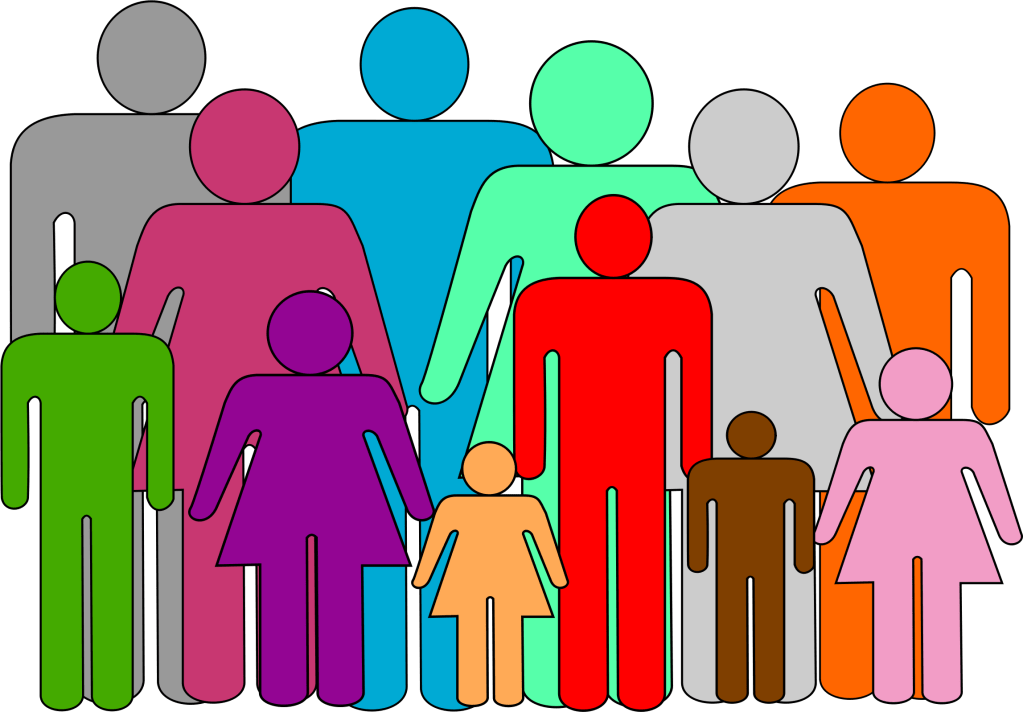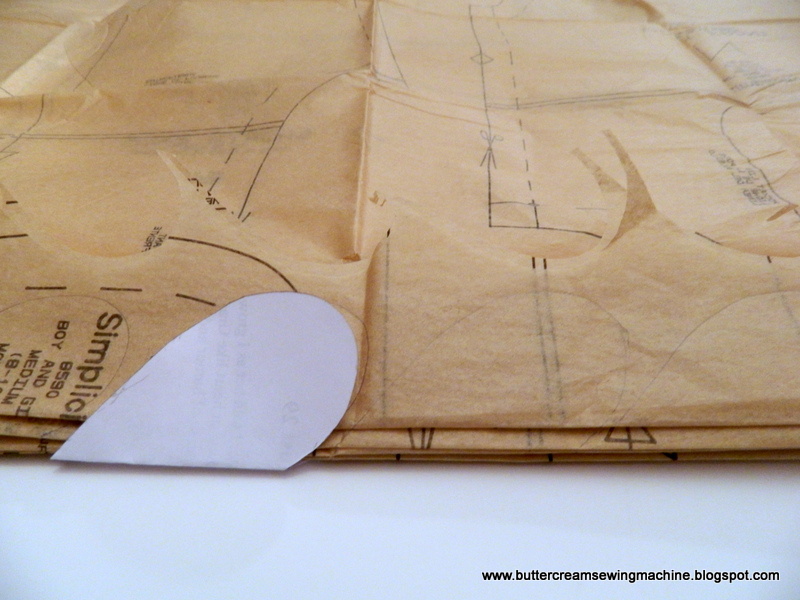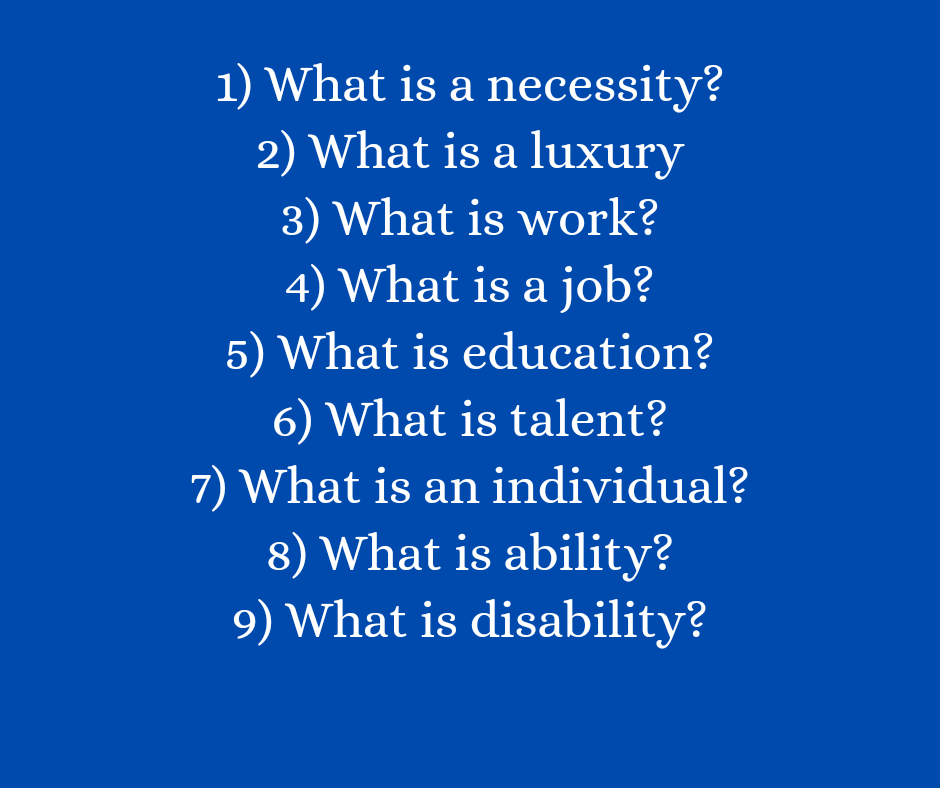
“Not forsaking the assembling of ourselves together, as the manner of some is”
“not abandoning our own meeting together, as is the habit of some people”
“not giving up meeting together, as some are in the habit of doing”
“not neglecting to gather together, as some are in the habit of doing”
This passage may be one of the most memorized in scripture, at least among people I grew up listening to. It is whipped out like a hammer after a loose nail every time someone isn’t seen at the church building on a Sunday or Wednesday. “Don’t forsake the assembly!” is our usual misquote, with a capital A.
As the people of the Roman empire absorbed the implications of the death and resurrection of Jesus, they experienced a change so great within themselves that they could not identify with the lives they had previously led. They had been empty and became full. They had been meaningless and suddenly had a great purpose. They craved contact with those who shared the unfathomable joy of that revolution, and so they spent every possible moment in each other’s company.
Most of them worked long hours for a meager existence, and many had little to call their own, but what that had they shared. They spent the evening meal in each other’s homes, no matter how plain or poor the surroundings or the food. They socialized with each other on market days in the town square. They gathered informally in public forums or synagogues to read the scrolls available to them and help each other discover the identity of faith.
These transformed people were not a corporation with designated hours to assemble for work. They were a family, and they fed each other’s faith through their shared joy and unrelenting enthusiasm. Unfortunately, as the change they experienced shook the world around them, maintaining such intimate relationship became more and more difficult. Suspected of political revolution, some were imprisoned or killed. Religious jealousy impacted livelihoods and threatened the health and safety of the faithful. Fear began to taint the longing for fellowship, and some began to avoid what they had craved in hopes of escaping notice. The resulting loneliness only exacerbated their fears, putting faith itself in jeopardy.
The writer of the letter to some of the formerly Jewish Christians addresses this problem directly. He reminded them that they had entered a sacred space by becoming a part of God’s family. This sanctuary of the faithful was their protection against the hopelessness around them, the hopelessness and fear that caused others to torment them. If they abandoned that family relationship they became again what they had been before, and the conviction that had been safety within would become doom without.
As millennia have passed and some cultures have made the story of Jesus a familiar thing, we have forgotten the transformation that shook the entire world. Our familiarity has bred entitlement, arrogance, and indifference to the incredible gift our Savior bestowed. Rather than crave the company of like hearts, we relegate our contact to formal designated conferences, and suspiciously guard our inner selves from the knowledge of others. We are not family and our emotional ties are stunted because we either were never changed or drew back from the cost. We may show up when required without fail, but we have forsaken the assembly.
Hebrews 10:19–25 (CSB): Therefore, brothers and sisters, since we have boldness to enter the sanctuary through the blood of Jesus— he has inaugurated for us a new and living way through the curtain (that is, through his flesh)— and since we have a great high priest over the house of God, let us draw near with a true heart in full assurance of faith, with our hearts sprinkled clean from an evil conscience and our bodies washed in pure water. Let us hold on to the confession of our hope without wavering, since he who promised is faithful. And let us consider one another in order to provoke love and good works, not neglecting to gather together, as some are in the habit of doing, but encouraging each other, and all the more as you see the day approaching.













